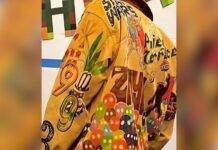Humans get bored quickly, and because of that, new trends come and go. The fashion industry uses this very point and makes money out of it. Interesting, isn’t it?
Something that was considered trendy in the 90s is now “cheugy” or ugly. Nowadays, high-end brands try to sell anything and everything in the name of fashion.
Kurtas By Gucci
Recently, a Gucci garment caught the eyes of many netizens, and now they can not keep calm. The garment looks like a kurta or kameez, traditional long tunics worn by people in South Asia.
But something that shocked everyone was the price of the garment. The garment is sold at $3500, which is 2.5 lakhs in Indian currency. Yes, you read that right.
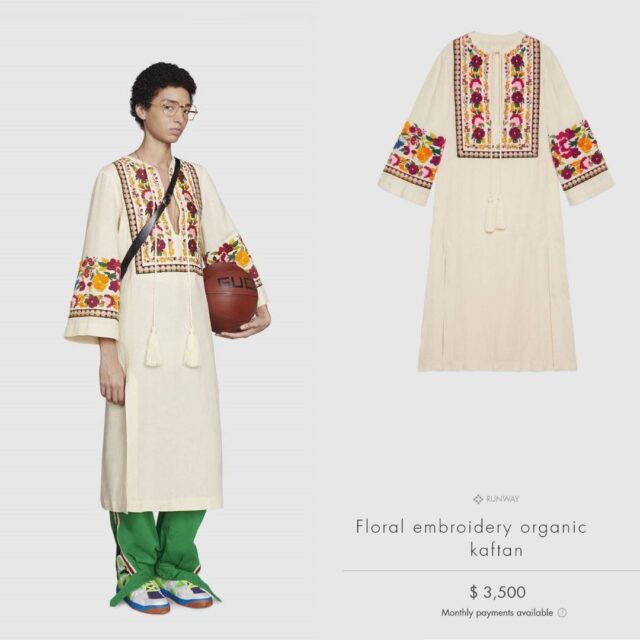
This isn’t the first time we have seen fashion industries take “inspiration” from Asian cultures. Now, if Gucci is taking inspiration, how can other brands stay behind!
Zara has sold a kameez and called it an oversized shirt. It is nothing but a simple kurta your neighborhood tailor can sew.
Also Read: In Pics: How Korean Vogue Celebrated The Beauty Of Age With 100-Year-Old Women
Asian Market Designer Bags
Remember those big plastic bags that we used to take to buy groceries from the market? Balenciaga is selling them for more than $2000!
Balenciaga’s Bazar bag had bold colors, glossy waterproof texture, and looked very similar to the bag commonly seen in Thailand’s market stall and shopping malls. The bag is featured in Balenciaga’s fall 2016 collection.
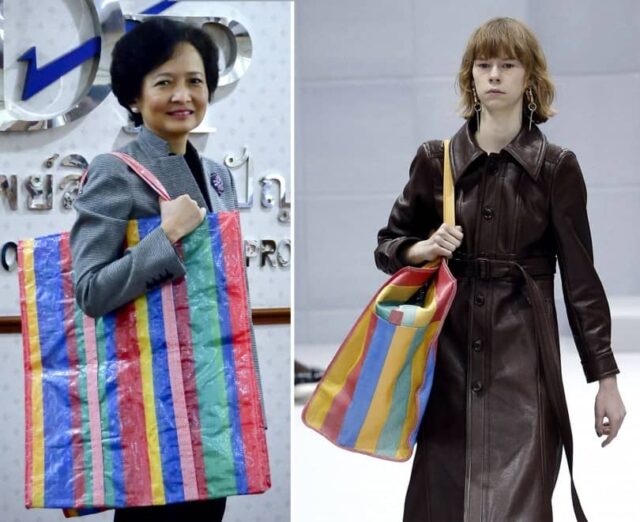
The Asian version of the bag, or should I say the original version of the bag, has similar bold stripes and glossy shine, but it is used to pack wholesale goods. The bag merely costs less than 4$ whereas, the Balenciaga version is a thousand times more than that.
All this led to Thailand’s Department of Intellectual Property pointing out that the “Rainbow Sack-Balenciaga Bag” is not a copy.
Obviously, Balenciaga took another inspiration. In 2017, it came out with another very stylish bag, the Balenciaga Blanket Square Bags. The name says it all.
The bag looks exactly like the comforter our moms bought. From size to proportion to the exact pattern of flowers, it is not hard for any Asian to recognize it.
The bag costs almost 4,000 dollars!
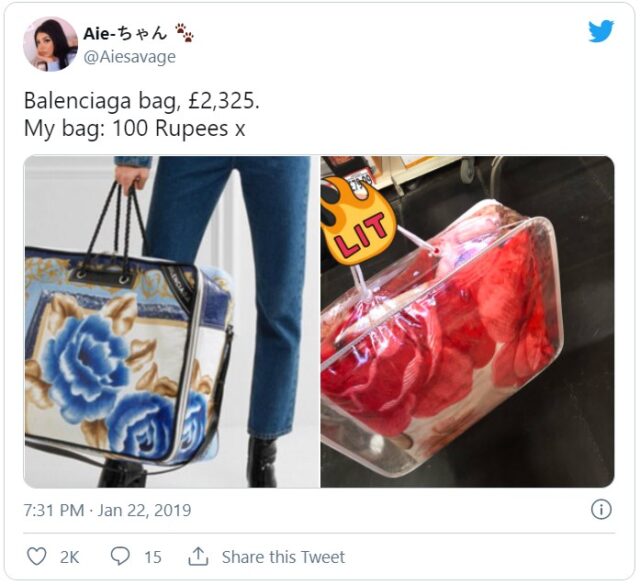
The Banana Leaf Bag
After going behind clothes and comforters, these brands have come after food. Bottega Veneta’s bags were compared to a traditional Malay food called the Ketupat. Ketupat is a rice cake packed inside diamond-shaped pockets made of woven palm leaf pouches.
Southeast Asians compared Jean Paul Gaultier’s Leaf bags to local-leaf wrapped dishes.
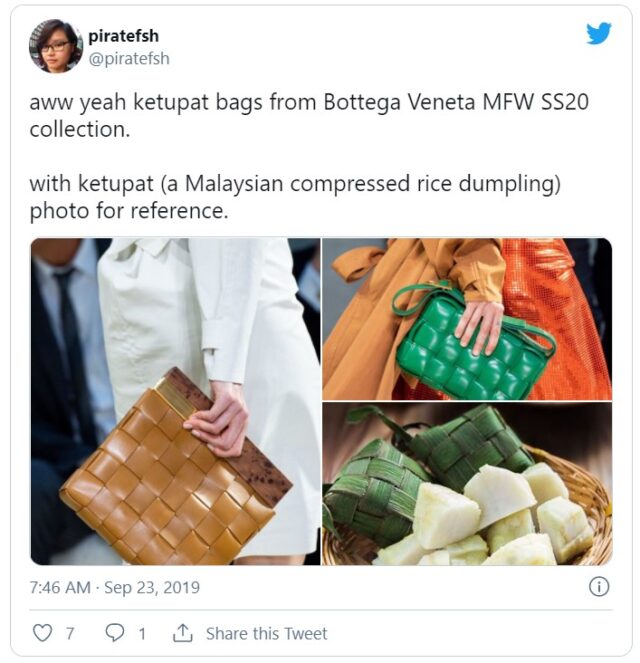

Celebrating a culture if done properly is excellent, but if this is not done, then the celebrations might quickly turn into appropriations.
There’s a difference between cultural appropriation and cultural appreciation. These brands definitely need a dictionary to understand the meaning of that. Maybe a pair of glasses might work for them too.
Image Credits: Google Images, Twitter
Sources: Vice, WWD, The Indian Express
Find The Blogger: @PrernaMagan
This Post Is Tagged Under: Korean Vogue, Vogue Korea, Grandmas in Korean Vogue, Korean, Korean language, Vogue, Vogue magazine, Drama, BTS, Korea, Seoul, Min Hyunwoo, Photographer, South Korea, North Korea, 100-year-old grandma, 100-year-old grandma Korean Vogue, 100-year-old grandmas featured in the September issue of Korean Vogue, Fashion, Fashion Week, Fashion to convey a social message, Gucci, Fashion for Men, Fashion for women, Gucci’s new tartan dress, Gucci tartan dress, fall-winter 2020, fashion show, masculinity, manly behaviour, Designer pieces, what are designer pieces, Gucci designer pieces, Zara designer pieces, Gucci Indian Kurta, Indian Kurta, Gucci Kurta, 3000 dollar kurta, cultural appropriation, cultural appreciation, Balenciaga Thailand bag, Balenciaga Bags, Fashion that looks like Asian household objects, Gucci, Balenciaga, Zara, Boujee, Bougie, Fashion, high-end, so-called bougie
Other Recommendations:
Gucci Stars A Teen Model With Down Syndrome For Its Latest Mascara Campaign





























